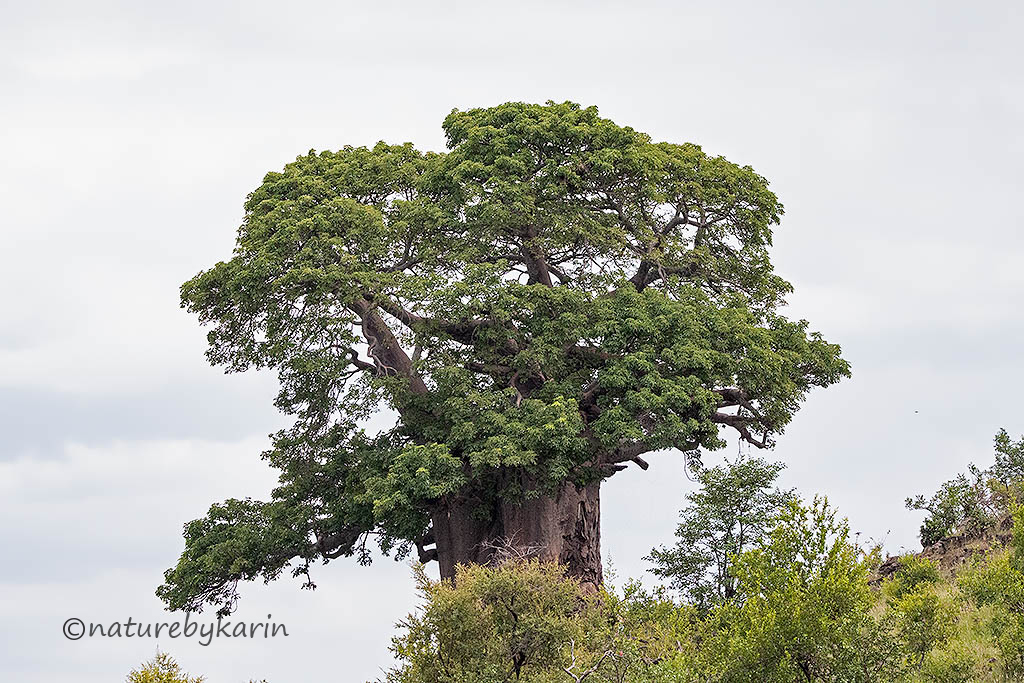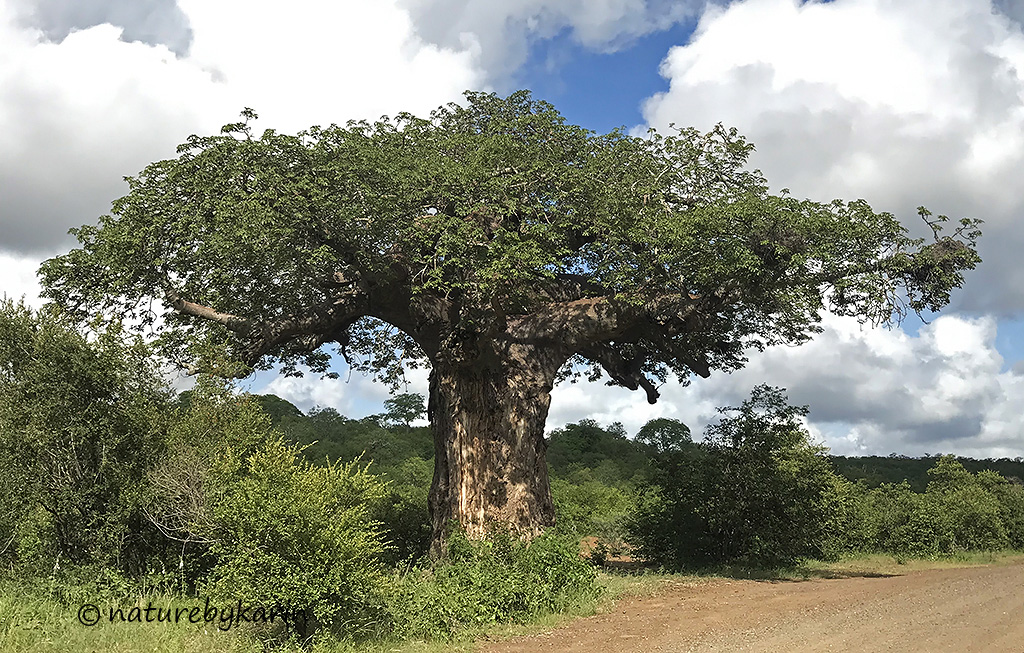Quintessential Kruger
There are some aspects of Kruger that pops up immediately when you think of the Park or camps. You cannot think if a visit to Satara without immediately thinking of the famous (or “infamous”) S100. I often wonder how it became one of the most well-known roads in Kruger. Other than a fantastic lion sighting a couple of years ago and a few elephant sightings I normally find it to be a quite drive. During this trip I only found some antelope and birds.
Then there are the bird hides. I managed to visit three of them on this trip – Sweni, Shipandani and Sable, the latter two having the unique feature of providing overnight facilities. The Shipandani hide can be busy due to its proximity to Mopani, but I’ve never found Sweni and Sable hides to be too crowded, making them the perfect hides to enjoy the animal and birdlife, or just relax in the quiet. I visited the Sweni twice. There was lots of birdlife, a few impalas, hippos and crocodiles.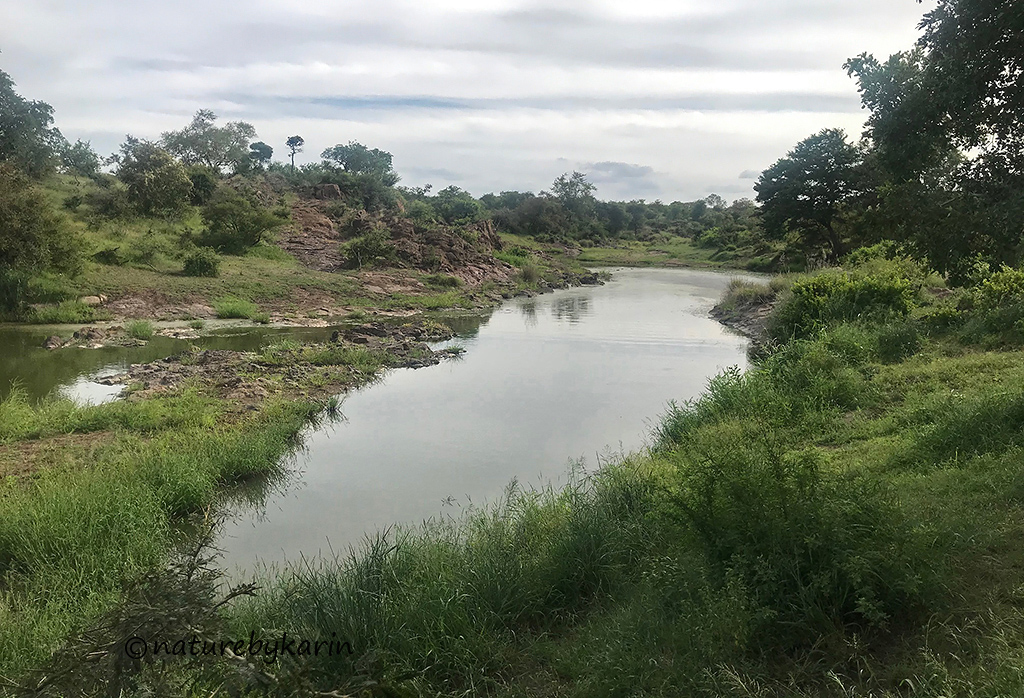
I stopped at Sable dam just before I left the Park. Sable hide flooded twice this summer, and the dam was still very full.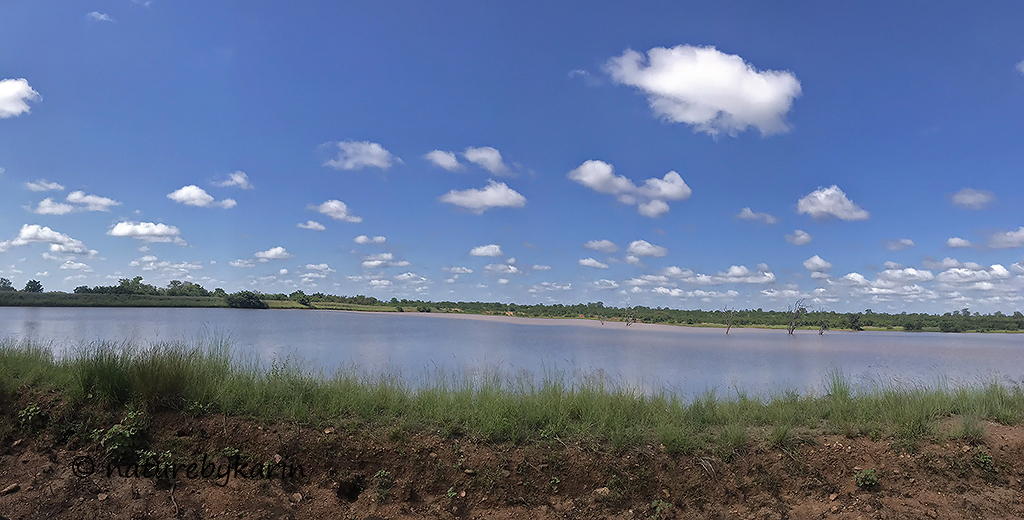
Shipandani hide was the busiest of the three ito other people. There was some excitement when a buffalo got to close to Water Thick-knees. From the way they performed they must have had a nest there. It was fascinating to watch how they refused to back off and instead tried to scare off the buffalo by opening their wings as wide as possible. After a few minutes the buffalo moved away. I hope their nest was not damaged! There were also two Burchell’s Coucals foraging in the long grass.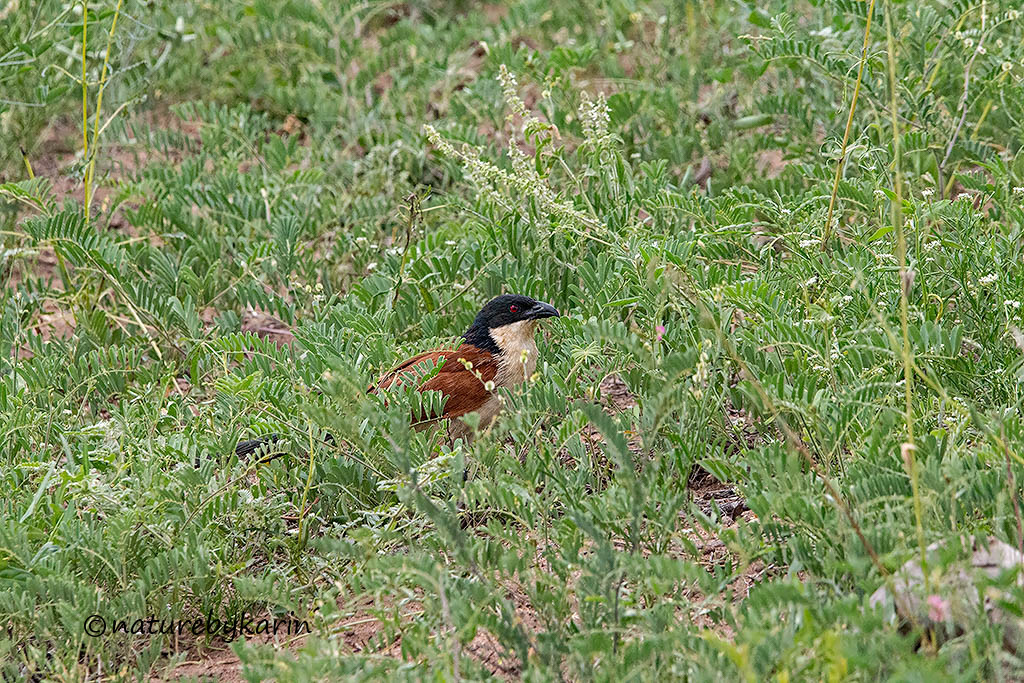
I don’t think you can think of Kruger and not think of its large rivers – Sabie, Olifants, Letaba, Levuvhu to name a few. For most of the year the rivers are only small and shallow streams. But when it rains, they transform into raging, unstoppable forces of nature. I always look at some of the flood level markers with wide eyes, trying to comprehend what it would be like to experience such a sight. I haven’t fully succeeded in grasping such volumes of water! As you are allowed to get out of your car on some of the bridges, they have become favourite spots for many people for coffee, snacks or just a leg stretch. The Olifants river bridge is one of my favourite places in the Park. The river was as full as I have ever seen it, and as a result there was not as much bird activity as is normally the case.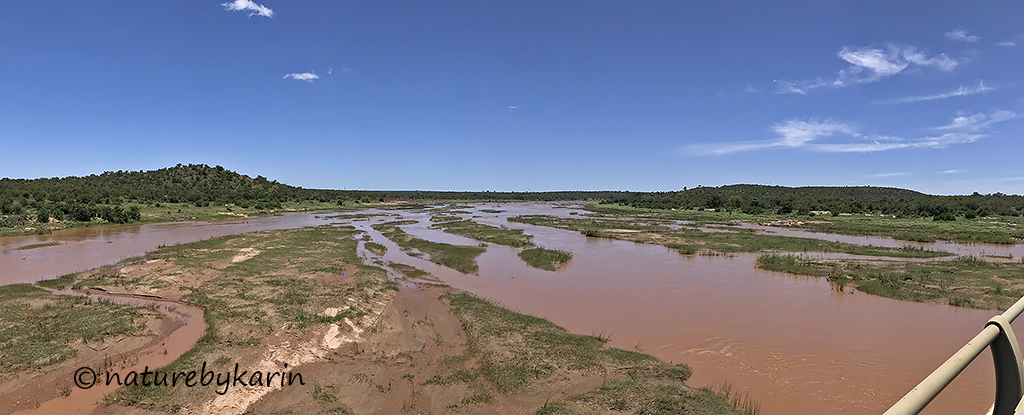
And then there is the view of the Olifants River from the camp. Still one of the best views in the Park!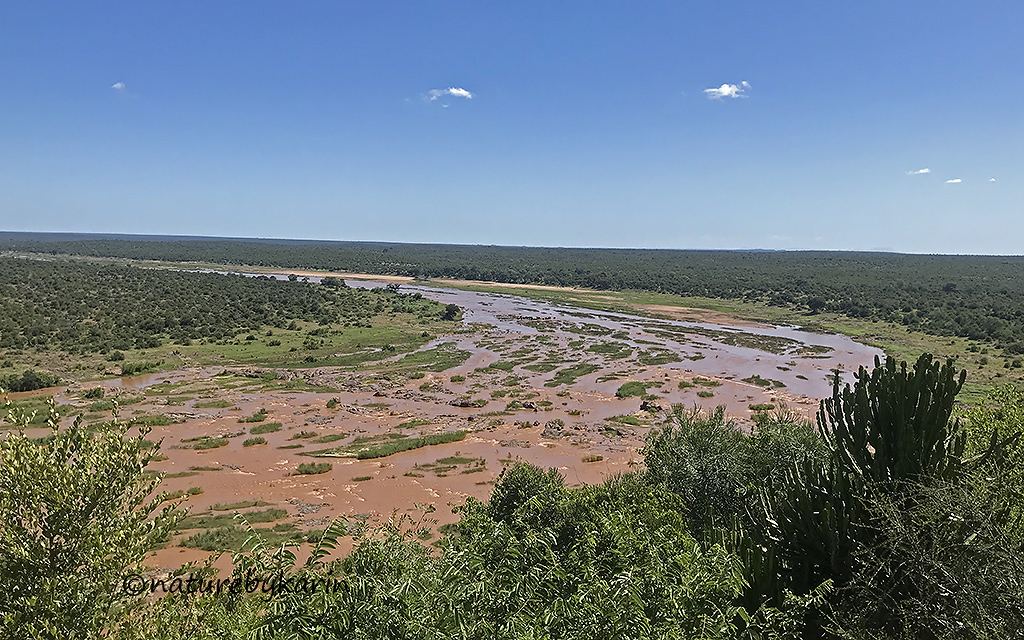
The Letaba river was very different. It was not nearly as full as the Olifants river, and there was always something going on.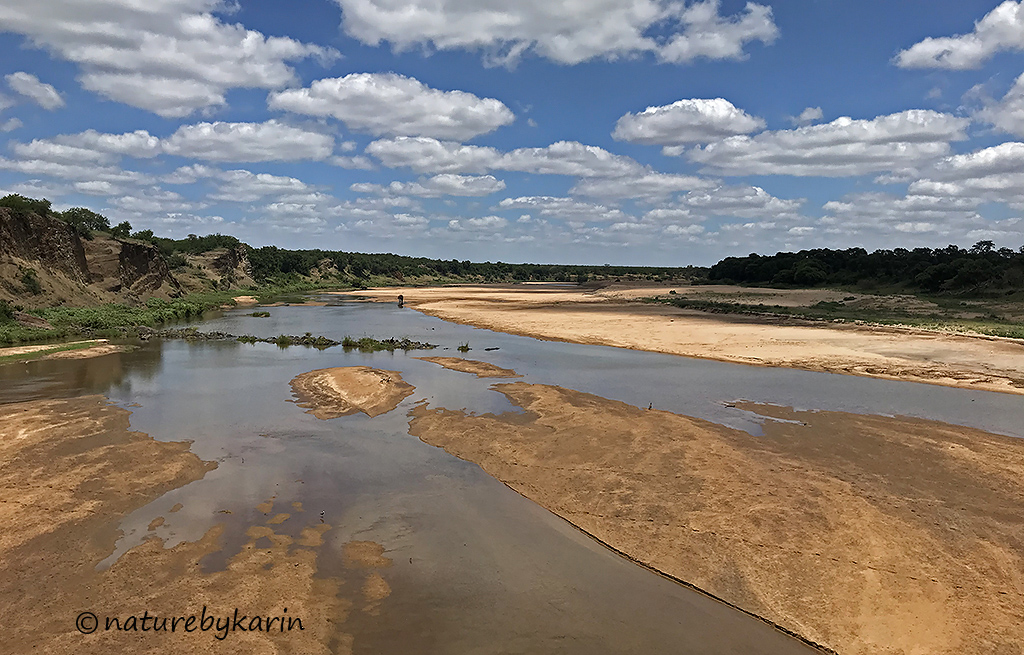
There were always birds around and I also saw a number of Raptors from the bridge – Wahlberg’s Eagle, Fish Eagle and even a Lanner falcon! During one stop there was also a family of Ground Hornbills that flew across the river – a beautiful sight. While having coffee on the bridge one morning I heard this weird squeaking sound. It took me a few minutes to realise that it was bats that were making the noise. They were roosting between the bridge expansion joints and you could just see them moving if you remained still.
On my last night at Letaba I had an early supper on a bench next to the river. The view was absolutely breath taking.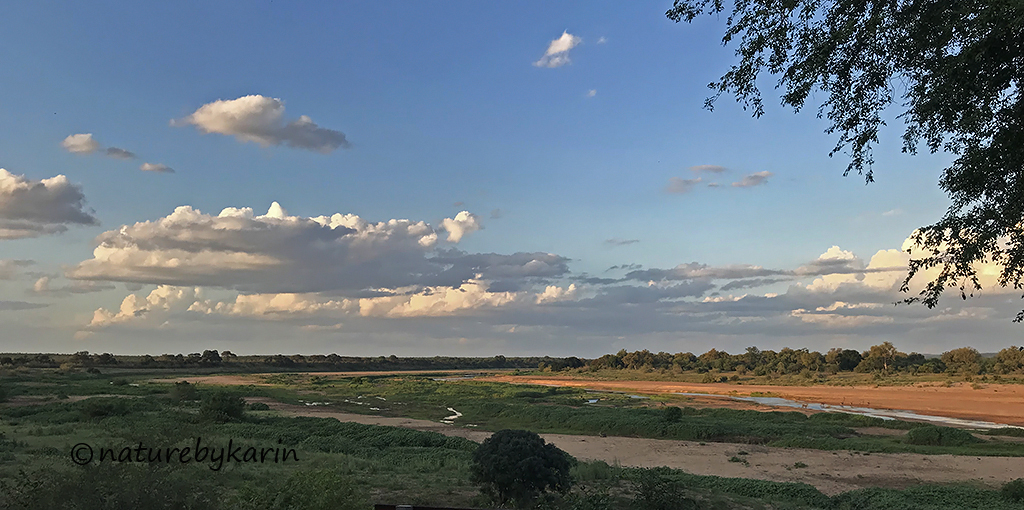
 Kruger is also filled with history. One of the biggest attractions has to be the Tusker Museum at Letaba. Standing next to those immense tusks of the Tuskers that have roamed Kruger throughout the decades gave me goose bumps. What I would give to have seen one of those huge Tuskers in real life!
Kruger is also filled with history. One of the biggest attractions has to be the Tusker Museum at Letaba. Standing next to those immense tusks of the Tuskers that have roamed Kruger throughout the decades gave me goose bumps. What I would give to have seen one of those huge Tuskers in real life!
I drove the little loop near Letaba for the first time and saw Das Neve’s Cross.
I also had to smile at this sign in the Letaba camp. Only in Kruger!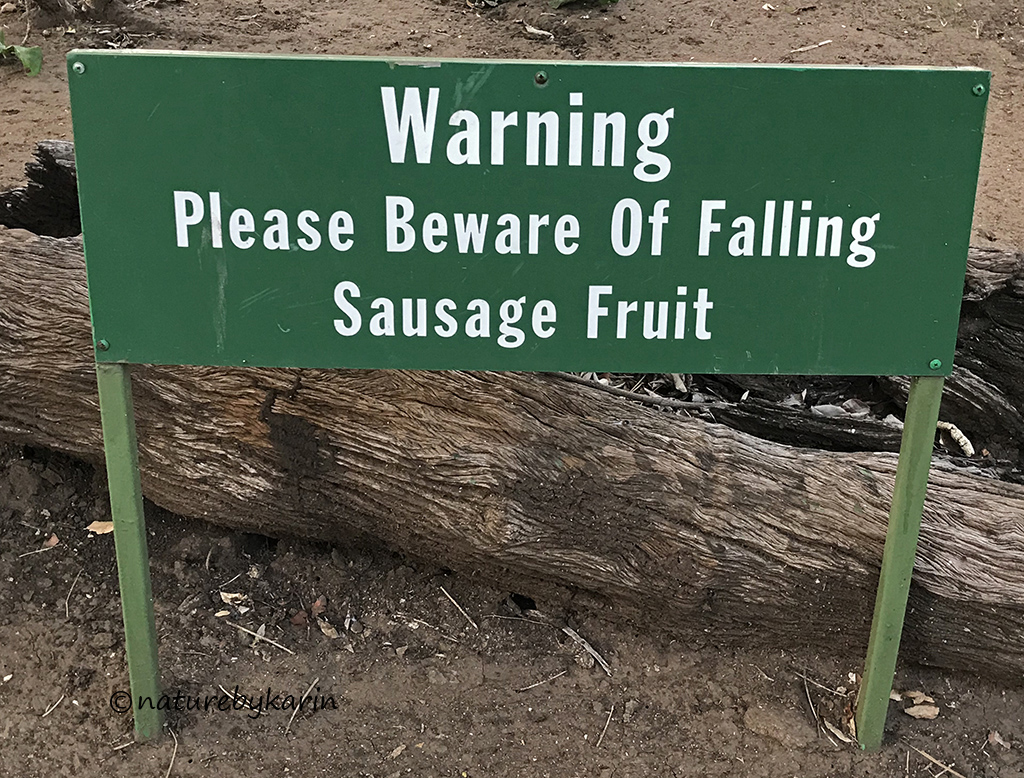
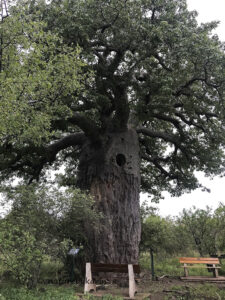 The Baobab trees are one of my favourite things about the Park. I think of them as “Fairy Tale” trees. I always imagine that all kinds of interesting creatures live in them, and maybe one or two magical creatures as well! I watched a programme about a Baobab recently, and it really is incredible when you see what lives in and around the tree and what a big role it plays in nature’s life cycle. There are the two trees at Mopani – the iconic tree on the hill outside camp as well as the “small” tree inside the camp.
The Baobab trees are one of my favourite things about the Park. I think of them as “Fairy Tale” trees. I always imagine that all kinds of interesting creatures live in them, and maybe one or two magical creatures as well! I watched a programme about a Baobab recently, and it really is incredible when you see what lives in and around the tree and what a big role it plays in nature’s life cycle. There are the two trees at Mopani – the iconic tree on the hill outside camp as well as the “small” tree inside the camp.
I saw this pretty tree somewhere during my travels.
Quiet Roads
I had many amazing sightings, but I also experienced drives where I saw absolutely nothing.
On the H1-4 between Satara and Olifants I did not see anything except for Barn Swallows and Queleas for about 20km. On the S131 I saw a handful of birds, mostly Sabota Larks. On my last morning I drove the H9 to Phalaborwa gate, and again I only saw a couple of birds for about 25km.
This is not a complaint, but an observation. There were many other roads where there was almost too much to see!
These quiet drives can also have a purpose. Last year I read an article where the person went “forest bathing” in Japan. This is when you go for a walk in a forest and completely switch off from everything other than the smells, sounds and feelings of the forest and the walk. Apparently, this activity has tremendous therapeutic and healing qualities. I fully agree with this, except that I don’t think you need a forest per se. You can get the same benefits anywhere in nature where you can clear your mind and focus on what is around you. So on those quiet drives I did my own “forest bathing” – I opened the windows, let the wind blow away any “cobwebs” that may have been lingering, focused on my surroundings and just relaxed. It was pretty cool, again proving that Kruger has more to offer than just incredible animals.
Next up: R is for …..

